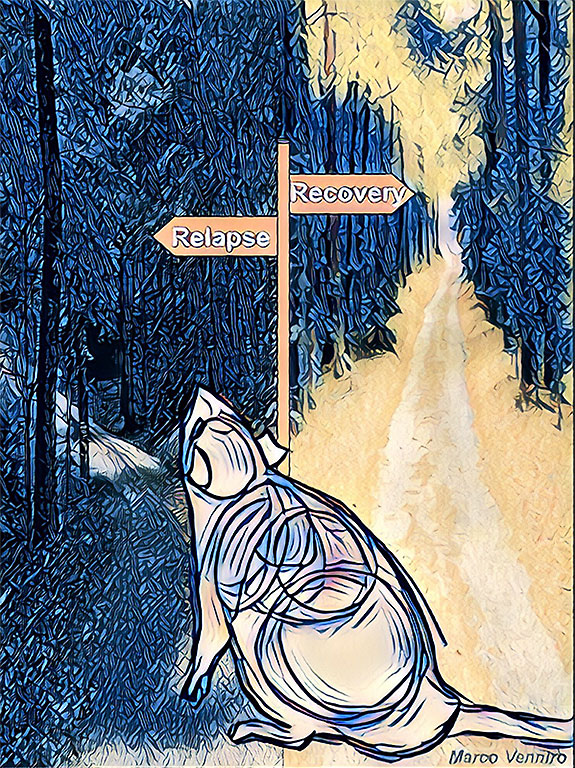Hot Off the Press! – October 2017
Venniro, Marco; Caprioli, Daniele; Zhang, Michelle; Whitaker, Leslie R; Zhang, Shiliang; Warren, Brandon L; Cifani, Carlo; Marchant, Nathan J; Yizhar, Ofer; Bossert, Jennifer M; Chiamulera, Cristiano; Morales, Marisela; Shaham, Yavin
The Anterior Insular Cortex-->Central Amygdala Glutamatergic Pathway Is Critical to Relapse after Contingency Management. Journal Article
In: Neuron, vol. 96, no. 2, pp. 414–427, 2017, ISSN: 1097-4199 (Electronic); 0896-6273 (Linking).
@article{Venniro2017,
title = {The Anterior Insular Cortex-->Central Amygdala Glutamatergic Pathway Is Critical to Relapse after Contingency Management.},
author = {Marco Venniro and Daniele Caprioli and Michelle Zhang and Leslie R Whitaker and Shiliang Zhang and Brandon L Warren and Carlo Cifani and Nathan J Marchant and Ofer Yizhar and Jennifer M Bossert and Cristiano Chiamulera and Marisela Morales and Yavin Shaham},
url = {https://www.ncbi.nlm.nih.gov/pubmed/29024664},
doi = {10.1016/j.neuron.2017.09.024},
issn = {1097-4199 (Electronic); 0896-6273 (Linking)},
year = {2017},
date = {2017-10-11},
urldate = {2017-10-11},
journal = {Neuron},
volume = {96},
number = {2},
pages = {414--427},
address = {Behavioral Neuroscience Research Branch, Intramural Research Program, NIDA, NIH, Baltimore, MD, USA. Electronic address: venniro.marco@nih.gov.},
abstract = {Despite decades of research on neurobiological mechanisms of psychostimulant addiction, the only effective treatment for many addicts is contingency management, a behavioral treatment that uses alternative non-drug reward to maintain abstinence. However, when contingency management is discontinued, most addicts relapse to drug use. The brain mechanisms underlying relapse after cessation of contingency management are largely unknown, and, until recently, an animal model of this human condition did not exist. Here we used a novel rat model, in which the availability of a mutually exclusive palatable food maintains prolonged voluntary abstinence from intravenous methamphetamine self-administration, to demonstrate that the activation of monosynaptic glutamatergic projections from anterior insular cortex to central amygdala is critical to relapse after the cessation of contingency management. We identified the anterior insular cortex-to-central amygdala projection as a new addiction- and motivation-related projection and a potential target for relapse prevention.},
keywords = {},
pubstate = {published},
tppubtype = {article}
}
Despite decades of research on neurobiological mechanisms of psychostimulant addiction, the only effective treatment for many addicts is contingency management, a behavioral treatment that uses alternative non-drug reward to maintain abstinence. However, when contingency management is discontinued, most addicts relapse to drug use. The brain mechanisms underlying relapse after cessation of contingency management are largely unknown, and, until recently, an animal model of this human condition did not exist. Here we used a novel rat model, in which the availability of a mutually exclusive palatable food maintains prolonged voluntary abstinence from intravenous methamphetamine self-administration, to demonstrate that the activation of monosynaptic glutamatergic projections from anterior insular cortex to central amygdala is critical to relapse after the cessation of contingency management. We identified the anterior insular cortex-to-central amygdala projection as a new addiction- and motivation-related projection and a potential target for relapse prevention.

